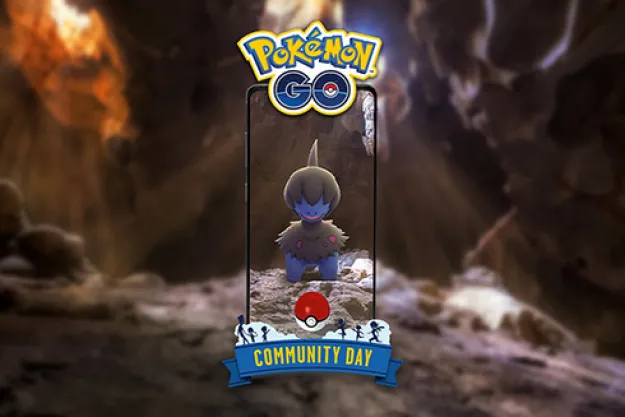Niantic is seeking approval for a settlement to the lawsuits filed by angry homeowners who claimed that Pokémon Go encouraged players to trespass on their properties.
Pokémon Go soared to massive popularity shortly after it launched in July 2016, reaching 500 million downloads as soon as September of that year. There were several consequences to the game’s massive popularity though, one of which was its effect on homeowners.
Within weeks of Pokémon Go‘s launch, homeowners filed lawsuits against Niantic, as hordes of players trespassed on private properties to catch Pokémon and gain access to the mobile game’s PokéStops and gyms.
In the proposed settlement to the lawsuits, Niantic will implement several new features and restrictions to Pokémon Go‘s PokéStops and gyms. Homeowners already have the capability to request for the removal of PokéStops and gyms on their properties, but under the settlement, Niantic promises to resolve matters within 15 days, as well as maintain a database of complaints to avoid poor placements of the PokéStops and gyms. Owners of single-family residential properties will be granted rights of removal within 40 meters of their homes.
Niantic also said that if the app detects a raid of over 10 players, it will display a warning message to remind the gamers to be courteous and respectful of surroundings. It will also maintain a method for authorities of public places such as parks to request for operating hours to be honored.
Nearly three years after launch, Pokémon Go remains popular, but nowhere near the level that generated the crowds that prompted the lawsuits from affected homeowners. The settlement, and the promises that Niantic made for its improvement, will be important for the future of the mobile game.
Niantic is not a stranger to lawsuits, as it also dealt with the legal action against its infamously unsuccessful Pokémon GO Fest in Chicago in July 2017. The event was supposed to be a massive celebration of Pokémon Go in its first year, but it did not go very well due to poor connectivity in Grant Park that rendered the game almost unplayable. Niantic issued full refunds to the tickets to the event, and eventually settled a lawsuit to pay almost $1.6 million to reimburse the other expenses of attendees.
Editors' Recommendations
- No, Palworld isn’t going to be a ‘Pokémon killer’
- Pokémon Sleep: expected release date, trailer, news, and more
- NBA All-World aims to replicate Pokémon Go’s success starting today
- Nintendo’s mobile games are more influential than you might think
- Marvel World of Heroes is the next AR game from Pokémon Go studio


